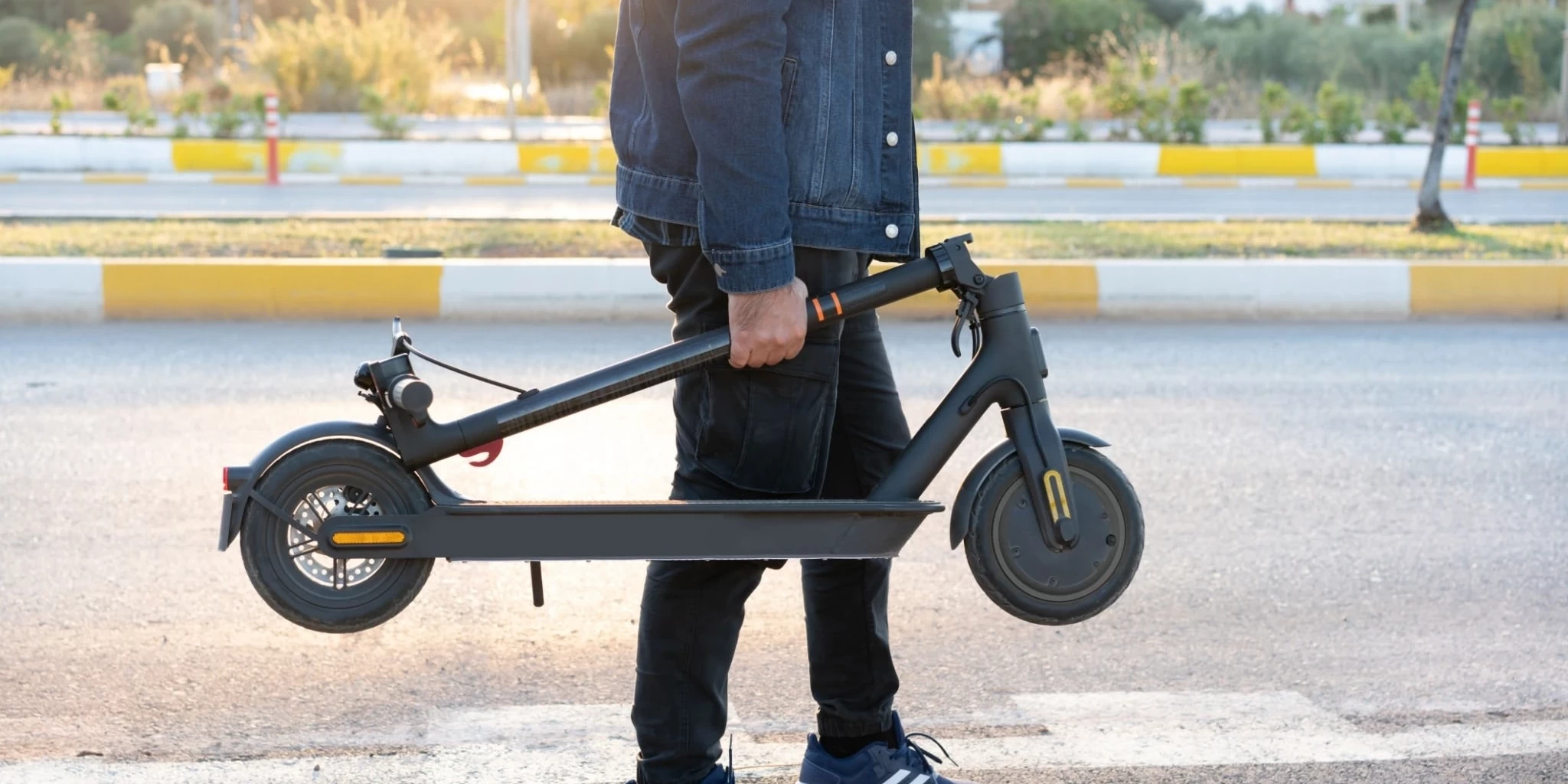Jump to:
The surge of shared micro-mobility in urban areas has led to increasingly diverse transportation options for people. Electric scooters (e-scooters) have become a popular mode of convenient and affordable transportation. The growing demand for these eco-friendly vehicles requires a proper infrastructure to support operations, ensuring the safety and efficiency of the users. This post will discuss the infrastructure needed to support e-scooters, explicitly focusing on sustainability.
The Importance Of Infrastructure For E-Scooters
Infrastructure is the foundation for any transportation system to operate smoothly and provide quality service. For e-scooters, the key is to have a secure and stable charging and parking facility. Proper Infrastructure will enable e-scooter providers to offer better services and, in turn, attract more users. With more e-scooter users, urban areas will see a reduction in traffic congestion, air pollution, and carbon emissions.

Charging Stations For E-Scooters
E-scooters are powered by rechargeable batteries that require constant attention to ensure they are always operational. Charging stations for e-scooters must be strategically placed in locations that are easy to access and visible. This will guarantee that the e-scooter fleet is always set and available for use. The charging stations should be user-friendly, straightforward, and require little maintenance.
E-scooter charging stations must also run on sustainable energy like wind or solar power. This will guarantee that the e-scooters are powered by renewable energy sources, making them an eco-friendly option for micro-mobility. For optimal charging efficiency, some e-scooter providers have integrated “swappable batteries,” which allows for quick battery replacement, removing the need for charging stations.
Dedicated Parking Areas For E-Scooters
Parking is an essential aspect of every transportation system, and e-scooters are no exception. E-scooters require proper and dedicated parking spaces to promote good road safety practices, avoid obstruction, and prevent damage to the e-scooters. These parking areas must be placed in high-traffic areas, such as train stations, shopping centres, and areas of high demand, like downtowns or nearby residential neighbourhoods.
To ensure the parking is secure, providers can install a locking system that automatically locks the e-scooter once it’s parked. This system will protect e-scooters from theft and damage, providing peace of mind for customers and operators. Providers can also employ QR codes for user recognition, making recognising rented e-scooters from privately owned ones easier.

Safety Measures For E-Scooters
A crucial aspect of e-scooters is safety. Infrastructure should not only focus on the convenience and comfort of the users but also ensure their safety on the road. Infrastructure that supports e-scooters must prioritise road safety, such as adding designated bike lanes, traffic signals tuned for the speed and size of the e-scooters and good road marking for traffic control. Moreover, ensuring safety involves making users aware of the traffic rules, safety practices, proper usage guidelines, and the possible risks of using e-scooters for commuting.
Integration With Public Transport
Public transport integration is an essential aspect of e-scooter Infrastructure. Encouraging e-scooters as the first-mile and last-mile option for public transport will reduce traffic congestion and promote sustainable urban transport modes. To enable this, providers could offer e-scooter charging and parking stations near bus and train stations and integrated platforms where users can view the schedules for public transport.
In addition, integrating e-scooters with public transport would require that providers establish a seamless booking system that enables users to rent an e-scooter from the same platform as the public transport fare. This would simplify the user experience by providing a hassle-free mobility solution that saves the user time, effort, and money.
Smart Infrastructure For E-Scooters
Smart Infrastructure is a term that describes using technology to make transportation systems more efficient and effective. For e-scooter Infrastructure, innovative technology can monitor e-scooter performance, improve battery life, and real-time incident monitoring. At the same time, device connectivity can help regulate usage, reduce congestion, and maintain traffic law compliance on roads by sending alerts to drivers.
Sustainable Infrastructure For E-Scooters
Sustainability is an essential aspect of modern-day transportation, and providing sustainable Infrastructure for e-scooters is crucial. Apart from operating on renewable energy, the Infrastructure should also use materials with low embodied carbon, have a minimal environmental impact, and provide a safe and accessible alternative to petrol-based vehicles. Encouraging users to use e-scooters instead of driving can reduce carbon dioxide emissions and other pollutants that adversely affect the environment.

Infrastructure Partnerships For E-Scooters
Last but not least, infrastructure partnerships between e-scooter providers and municipalities, urban planning departments, and other stakeholders are crucial. In such alliances, all stakeholders would collaborate to establish regulations for e-scooter use and control, provide the required Infrastructure and ensure e-scooter safety on the road. An adequate e-scooter Infrastructure can be found through such partnerships, furthering sustainability efforts, urban transportation modes, and the private/public sectors’ symbiotic relationships.
There you have it, an overview of the Infrastructure needed to support e-scooters with a sustainability focus. Adequate Infrastructure that prioritises safety, connectivity, and sustainability is paramount. Infrastructure such as battery charging and parking stations, integration with public transport, smart Infrastructure and sustainable materials ensure that e-scooters can operate optimally, promoting eco-friendly transport modes. As the demand for e-scooters rises, municipalities and private and public sectors must collaborate to support sustainable micro-mobility modes and have the necessary Infrastructure in place for such methods to prevail.
Peaker
Meet Peaker, our suave electric scooter enthusiast from the charming streets of London. With a passion for sustainable urban mobility, Peaker navigates the world of electric scooters with a keen eye for style and efficiency. Whether he's zipping through the city or sharing his latest scooting adventures, Peaker is your go-to guide for all things electric and eco-friendly. Join him on the ride towards a greener, swifter future!





